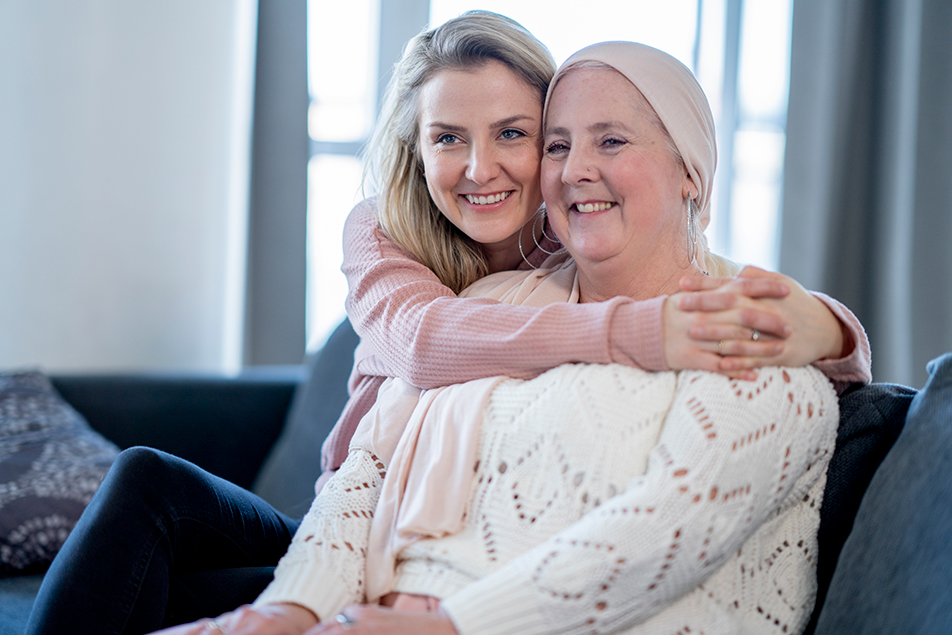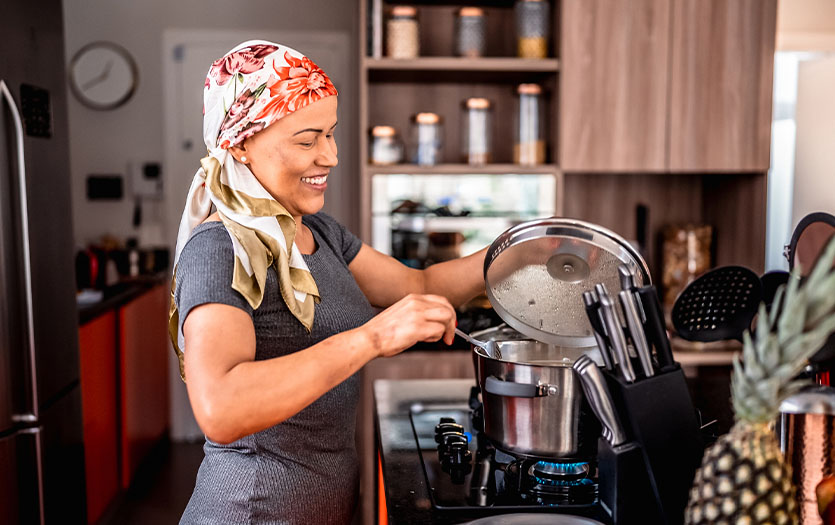
Parkview Cancer Institute believes complete cancer care extends beyond the fight and into prevention, which is why they’ve created a clinic specializing in education and surveillance for individuals who may be at a higher risk for developing cancer. Charles Pattan, MD, Parkview Cancer Institute, shares an overview of the High Risk and Cancer Risk Reduction program and the many benefits it has to offer.
What is the High Risk and Cancer Risk Reduction program?
As a medical community, we’ve recognized that some families have a much higher concentration of cancers than others within our community and our country. With that in mind, we've set up an opportunity for individuals from those families to engage in a global assessment and enhanced screening to help prevent cancer development or, at the very least, catch the disease early enough, so the curative treatment isn't debilitating.
What does it mean to be high risk?
It means that you have a significantly greater chance of developing cancer than the average rate for any individual cancer would be. For example, breast cancer occurs in about 10% of women, assuming they live to the age of 80. So, if your risk is twice that, based on different mathematical models, and you're at 20% or higher, then that makes you high risk. The reality is you still have an 80% chance of not getting cancer in that scenario, but because it's so much higher than what is typical, we feel it's important to keep a close eye on those people to make sure we can catch any early developments.
Does being high risk mean you will develop cancer?
No, being high risk does not mean that you are destined to develop cancer. In most circumstances, being high risk still means that your chances are better than 50/50 that you're not going to develop cancer.
Who is a good candidate for this program?
We're happy to see anyone who has a concern about their risk for cancer. We strongly encourage anyone with a personal or family history to investigate the program, because that significantly increases their probability of developing a cancer. A few examples of this would be:
- if a patient or a close family member has a known genetic variant that is shown to increase their cancer risk
- if you have multiple first-degree relatives with cancer, especially if it is a consistent type of cancer (i.e., three relatives that all have breast cancer)
- if you have someone in your family who has developed cancer at an unusually young age
- if you have people in your family who have been burdened with multiple different types of cancers
Those are all unusual enough situations that we should be paying close attention to close family members to make sure they aren’t at an increased risk.
What are the risk factors outside of genetics that make someone high risk?
The most significant risk factor by far is a family history, but other criteria that we also look at could include:
- Obesity: Certain types of cancers are significantly increased in people who are obese
- Skin type: Fair skin, fair-haired people, especially with excessive sun exposure, are at a much higher risk of developing skin cancer than other skin hues
- Personal habits: Smoking and heavy alcohol use also significantly increase people's risk for cancer
How are those risk factors addressed?
Usually, it's through education and assistance with either medical or personal issues to help decrease those risks. For example, education would be the typical approach for somebody with a genetic variant, letting them know what cancers they are at the most increased risk and the steps we can take to reduce those risks or identify the cancer early. Assistance would include getting a patient who is a smoker involved in programs to help them resolve that issue and decrease their risk. Getting them in touch with the appropriate resources to change those behaviors and reduce their risk of developing cancer is a necessary intervention.
How can having one cancer increase someone’s risk of another?
There are two ways to look at it. The first one is your susceptibility. If you've developed cancer, that probably means that some of your body's defense mechanisms are not working as well as they need to. If that's the case, future cancers are more likely to sneak by your immune surveillance system as well. The other is cancer treatment. Unfortunately, whether it's chemotherapy or radiation, they all can increase your risk of different types of cancers. So, the things we use to cure people also sometimes lead to problems down the road.
How does the program help lower someone’s risk?
Mostly through behavioral, medical and surgical interventions. Through the educational process, when we identify what factors somebody has and what cancers they may be at risk for, we can also offer some behavioral assistance to reduce those risks. In some cases, we can provide medical interventions and medications or medical, behavioral type interventions that will decrease their risk. There are also several ways surgical interventions can either eliminate or drastically reduce the patient's risk of certain cancers.
What is unique about this service?
This service promotes a comprehensive assessment in a centralized office for patients to get all the necessary exams and screenings. Our goal is to do most of the leg work for the patient right here in our office. That way, the patient only has to be seen one time, hopefully once a year, for all of their assessments. We are also proud to be the central repository for patients, keeping track of everything. When it's time for subsequent screening, we are in charge of getting that organized, so the patient is not burdened with the task.
If someone is concerned about their risk or a loved one’s risk, what steps can they take to get involved with this program or get more information?
All they have to do is call our clinic. We will see anyone who has a concern. There’s no qualifier or referral needed to make an appointment. There are also several screening tools that we have available on MyChart. If they find their risks are higher than what they're comfortable with, there’s a number for them to call to make an appointment with one of our team members.
What can someone expect at their first visit?
Initially, we will assess an individual's family history and what their risk is going to be. Based on that, one of the first things we do is determine whether they are eligible or in need of genetic testing to see if they are a carrier of a variant that increases the risk for cancer. Then, we would do a comprehensive physical exam if appropriate for their specific circumstances. Finally, depending on the findings, we will decide what enhanced screenings or tests they may need for early cancer detection, which will also help us determine the frequency and intensity of any follow-up visits.
Final thoughts
The High Risk and Cancer Risk Reduction program is comprised of a dedicated, multidisciplinary medical team focused on an education-based approach. Our goal is to have patients understand the risks and make the appropriate decisions on how they want to manage their health from a cancer prevention and screening standpoint. We are dedicated to working around patient’s wants and needs based on their specific situation.
For more information regarding the High Risk and Cancer Risk Reduction program or to schedule an appointment, please call (833) 724-8326.



